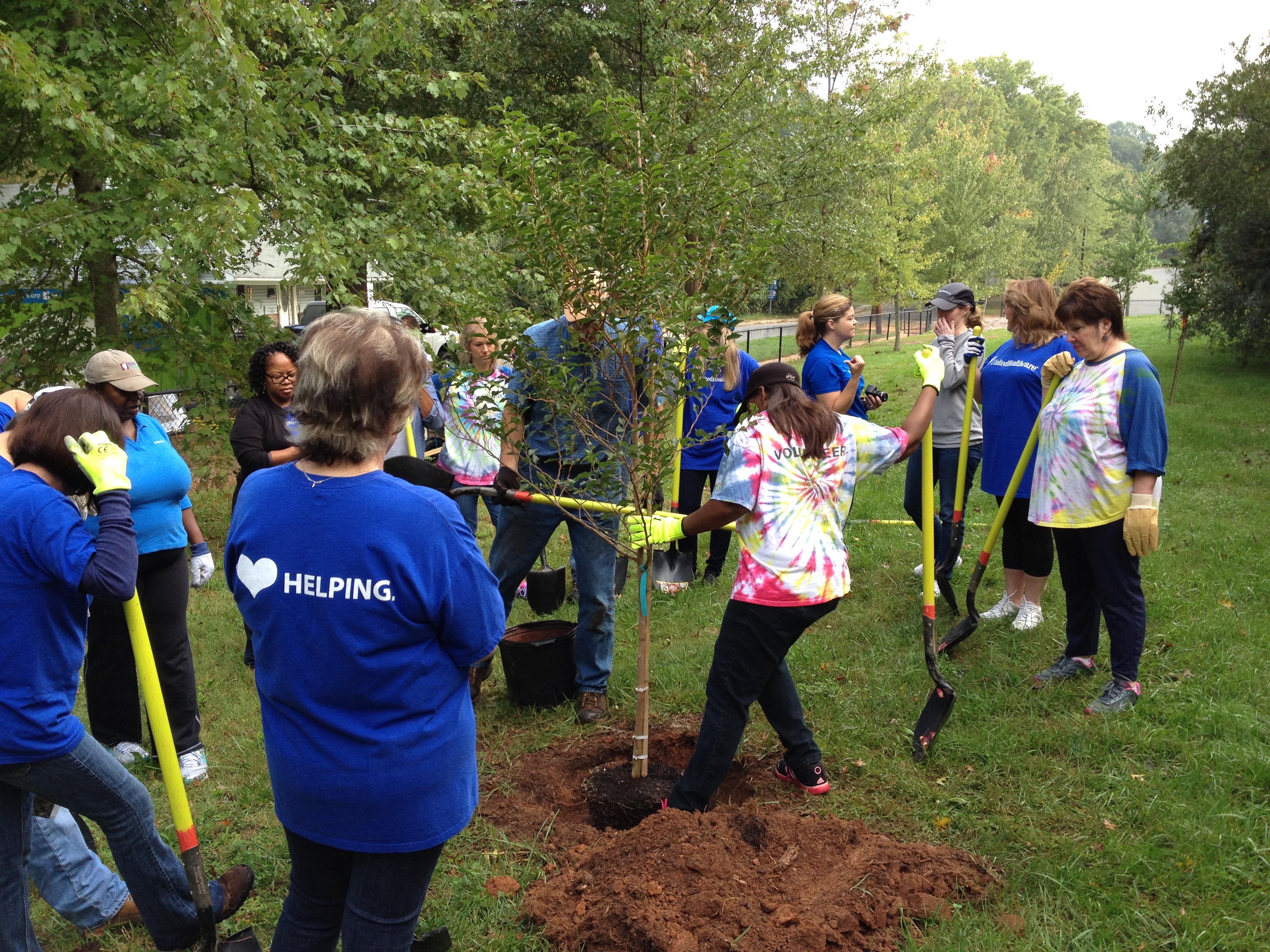Trees May Need Protection from Male Deer in Autumn

by Tim Johnson
Chicago Tribune
August 31, 2015
I had some minor damage from buck rubs to the trunks of a couple of my new maple trees last fall. Should I be worried about this happening again? What can I do to protect my trees?
— Sharon Jacobsen, Morton Grove
Male deer can cause significant damage to young trees by rubbing their antlers on the trunks between September and November. The bucks are working to clean their antlers of velvet, a soft, vascular skin that grows on their antlers through the summer.
They also are marking their territory during the breeding season. The bucks will thrash and batter the tree for noise effect in order to show dominance and intimidate other bucks and to coat the twigs and bark with scent from glands in their face and underbody. The bark can be rubbed off and the underlying wood exposed. Usually, the damage is done over a 24-hour period.
The trees most likely to be damaged are young ones, 1 to 5 inches in diameter, that have smooth bark, such as maples, birches and magnolias. Larger trees with smooth bark as well as multistemmed, clump-forming trees can also be impacted. A multistemmed magnolia was badly damaged by a buck rub in my front yard in Highland Park last fall.
Since deer territories include many home gardens with young trees, your trees are at risk of further damage this fall.
The rubbing can shred the tree’s bark from 1 foot above the ground to a height of 3 to 5 feet. Young trees have very thin bark that offers no protection from such damage.
The tree’s vascular system, which transports water, nutrients and food between the roots and leaves, is just below the bark. If the bark is rubbed off all the way around, the trunk can be effectively girdled, with the vascular system cut off. The tree will die in one to three years. If the damage runs up and down the trunk but does not go all the way around it, the tree can likely survive, although it may die on the side where the damage occurred. Trees can heal after a surprisingly large amount of damage.
Trim off any loose, shredded bark that is no longer connected tightly to the trunk. Smooth edges will heal better than the ragged ones left by the rubbing, so if you can do it without greatly enlarging the wound, cut it into an elliptical or football shape. There is no need to use a wound dressing; it will not help.
Prune back broken branches as needed. Small, clump-form trees can be ruined if too many branches are broken. My magnolia had so many branches broken at a height of 2 to 3 feet that it will need to be completely cut back in the hope that it will regrow.
Deer repellents will not be effective in controlling buck rubs. To protect your young maples, you will need a sturdy physical barrier that is 6 feet high.
Wrapping trees with burlap or paper tree wrap will not provide enough protection. I use sheets of wire mesh. I have had the best results with hardware cloth, sheets of wire mesh with 1/4- to 1/2-inch openings, which is generally available at hardware stores. Chicken wire, which has a larger mesh made of thinner wire, will usually work, too, although I did run into a situation where the deer was so aggressive that the chicken wire was mostly torn off the tree, with heavy damage to the bark. Plastic tree wraps, available at garden centers and nurseries, should also work.
Wrap the sheet of wire mesh around the tree, but not so tightly that it cuts into the bark. Overlap the edges of the mesh and bend the wires or use other pieces of wire to fasten them securely together. If the trunk is too large to wrap that way, use metal fence posts to support a 6-foot-tall cylinder that goes all around the tree. Attach the mesh to the fence posts and fasten the edges securely.
Tim Johnson is senior director of horticulture for the Chicago Botanic Garden in Glencoe, Illinois.


